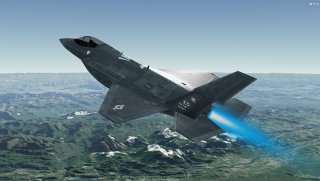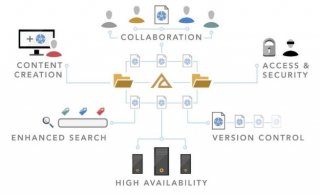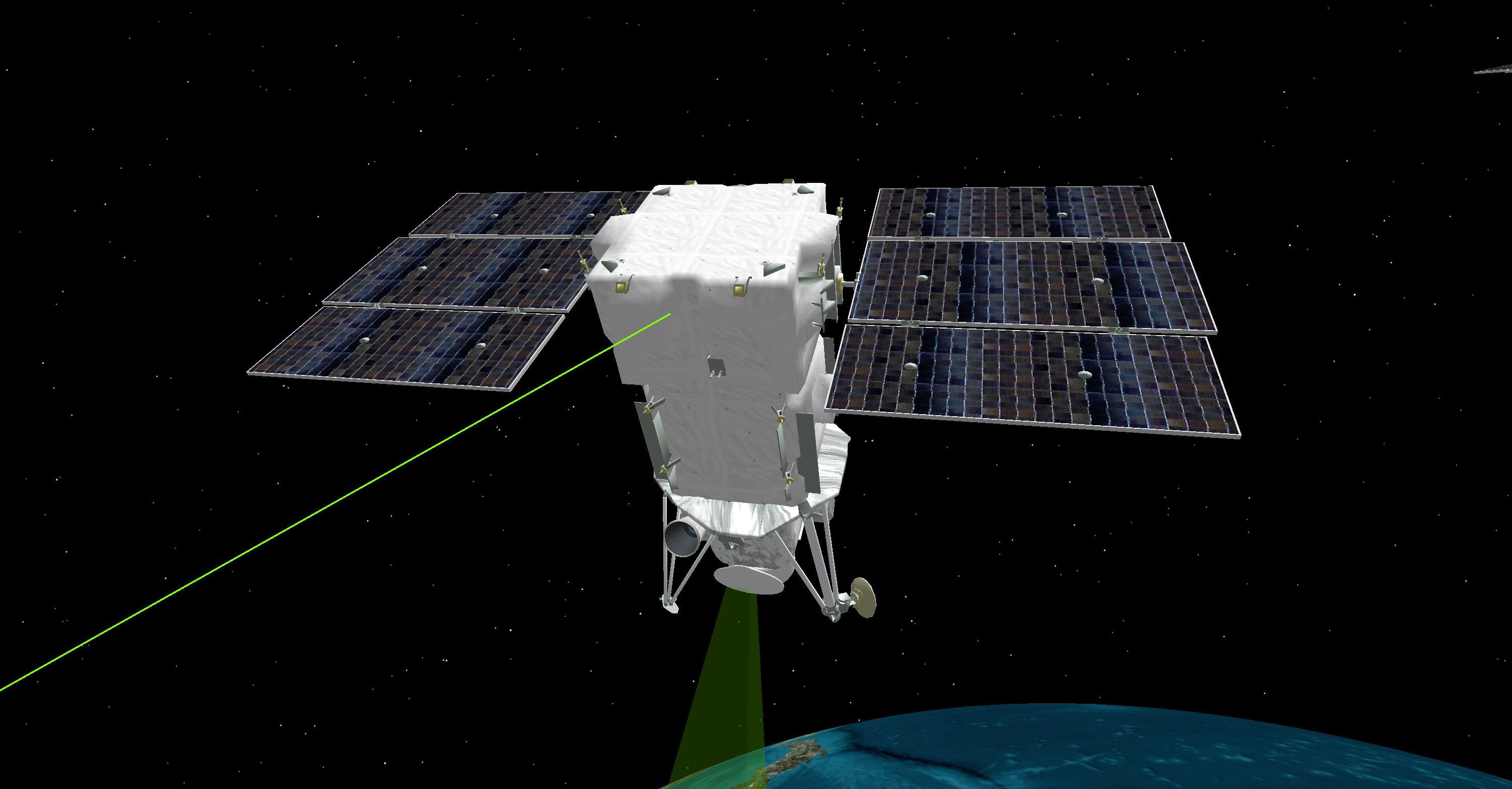What’s new in STK 11.5?
The annual Autumn release of STK from our partner AGI has arrived. STK 11.5 delivers new capabilities to address more of the emerging trends in the aerospace and defence landscape. The latest features and key upgrades of AGI STK include low-thrust satellite trajectory optimisation, expanded aircraft flight envelopes, multi-function radar, real-world visualisation and enterprise collaboration. AstrogatorAstrogator is a specialised analysis module for satellite manoeuvre planning. Users can use it to design simple trips to low-Earth orbit or more complex asteroid rendezvous missions. The latest improvements enhance the ability to arrive at more optimised trajectory designs.
- New Optimal Finite manoeuvre for low-thrust propulsion using collocation-based trajectory optimisation
- New calculations objects that allow for the computation of cumulative DeltaV and DeltaV-squared across segments in the sequence or the entire MCS
 Aviator
AviatorSTK Aviator gives users the ability to include real-world aircraft performance in their flight design. It uses characteristics of wind, atmospheric effects, and mission requirements to give users an accurate model. The latest developments expand on the existing capabilities.
- Three new manoeuvre guidance strategies to handle horizontal and vertical plane flight paths relative to other vehicles
- New hovering strategies to model how a windy day might blow aircraft off track.
- Hypersonic, the Advanced Fixed Wing performance model now enables users to constrain the flight envelope, so a maximum total temperature is not exceeded.
This release has added features to allow the analysis of multi-function radars. This will allow users to more closely represent operational scenarios where tasking and scheduling are variable elements of mission planning.
- This new model enables users to model multi-beam systems. Search/Track analysis is performed on each of the beams.
- Note: the Multi-function radar model is a feature of the Radar module and is available by request.
The value of being able to convey complex information quickly and in a real-world context can’t be underestimated.
- STK now supports the loading of static glTF models that adhere to the glTF 2.0 specification.
- STK is able to render visually rich models using the Metallic Roughness Physically Based Rendering (PBR) material system
- STK now offers two mechanisms for reflection environments
- The default provides a procedurally generated environment
- Optionally, a user may supply a static High Dynamic Range (HDR) image that is representative of the object’s surroundings
- AGI has augmented the glTF format to allow users to continue to define STK elements such as articulations and attach points
 STK Data Federate (SDF)
STK Data Federate (SDF)The SDF was created to give AGI STK users a collaborative environment that is scalable, open, and most importantly secure. The SDF is where users can save, load, configuration manage and share mission elements they have created across their enterprise. In this release users can expect the following improvements to the tool:
- It is now possible to load & save files to the STK Data Federate from most file selectors in STK
- Satellite ephemeris files (.e)
- Attitude files (.a)
- Report & Graph styles
- Component Browser files
- The public SDF is now the default for SEDS
- Connect commands that load a file can now load a file from the SDF
Astrogator
Aviator
Radar
SDF




















